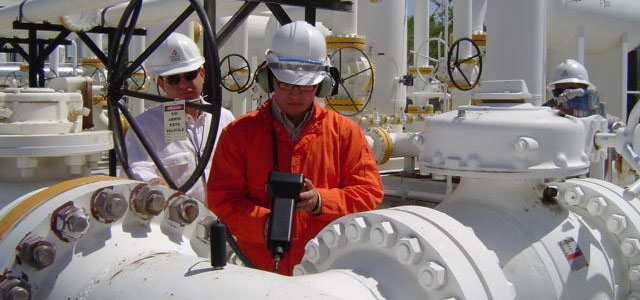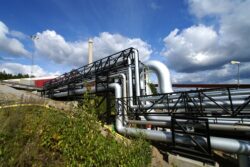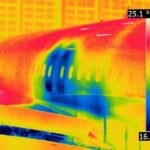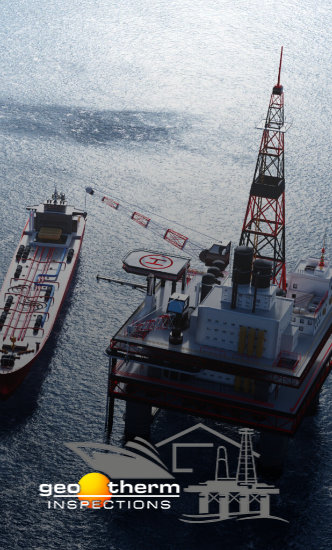Fugitive gas emissions and compressed air released in to the atmosphere are both of a safety critical and environmental concern within any refinery facility or offshore processing platform, and an expensive commodity to maintain, unless mitigating leak prevention plans are implemented. With tens of thousands of joints in a process plant, finding those leaks irrespective of size will all contribute to a substantial cost saving and safety improvement.
One method to non-invasively detect a gaseous leak quickly and effectively and at a safe working distance (approx 10-15 meters) is to utilise a Ex-rated ultrasound detector. By virtue all leaks from the smallest pin hole, bolted flange joint or cracked pipeline will emit ultrasound due to the flammable gas or instrument air becoming turbulent as it escapes to the atmosphere. The escaping gases generate high frequency ultra-sound which is above the human hearing range making incipient leaks impossible to detect. A ultra-probe heterodynes (modulates) the high frequency short wave sound into audible sound, and used to great effect to detect leaks even in noisy process areas.
As the handheld ultra-probe is scanned across the process area any high frequency noises will become louder and louder the nearer the leak point, allowing pin-point accuracy to the leak. Once identified a leak can be physically tagged-out, pipeline isolated and repaired at an appropriate time to safely return the process operation back to normal parameters. In effect, within our very first survey the initial return of investment (ROI) is likely to be attained. Geo Therm Ltd aims to improve your industry energy performance, CO2 emissions and bottom line during the downturn.






